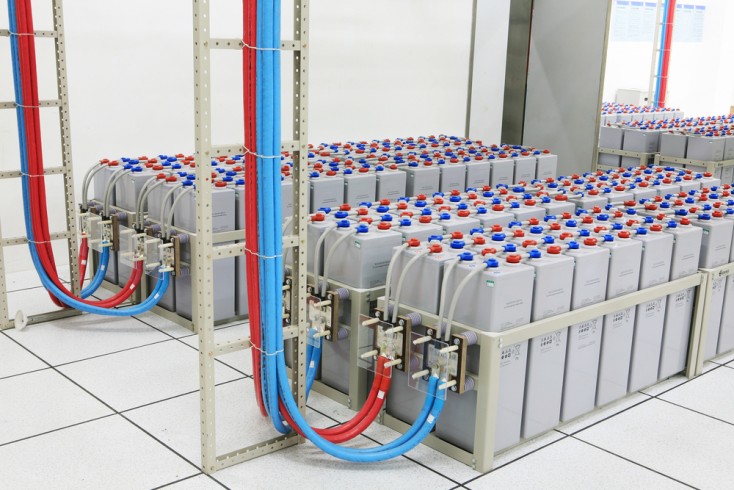To meet carbon emission targets, the UK’s energy system in the 2020s is likely to have high levels of intermittent generation from wind power, with increasing electrification of heat and transport. However, we need a better understanding of how intermittency can be managed to ensure an efficient transition to a low-carbon economy. A number of flexible options could provide operational flexibility on such a radically different system, including more electrical interconnection, demand side participation, energy storage and flexible thermal generation.
This project considers technical and engineering challenges to delivering flexible options, the business cases for technology deployment, and how further analysis of the energy system should incorporate a wider set of perspectives
Conclusions and recommendations
Ensuring that £200bn is invested in the UK’s energy infrastructure over the next decade in the most effective way is an important task. Undertaking technology demonstrations and rigorous systems analysis that could help integrate generation from intermittent sources will ensure the energy system is designed efficiently, minimising the risk of stranded assets or taking inadvertent high carbon pathway at a later date. It would also show opportunities for technological development that would place the UK in a good position to capture market share elsewhere, as intermittency becomes a systems issue in other countries deploying renewables.
Technical and engineering challenges
Technological options could provide greater system flexibility, but need further development to show their potential scale and performance. Priorities for innovation are to:
- demonstrate thermal storage to manage power requirements for heat pumps;
- develop lower cost vehicle-to-grid capability in networks and vehicles;
- ensure smart meter systems are deployed which will enable demand-side participation;
- consider how to integrate interconnection of the GB electricity network with offshore wind development;
- support research, development and demonstration of energy storage technologies;
- improve the efficiency and reliability of thermal generation.
Business cases and market framework
The market and regulatory framework, as it evolves under the EMR process, should recognise the current uncertainty in how flexibility will be provided from the possible options. Key issues to address are how investment can be incentivised in:
- Thermal plant, running at low load factors.
- Vehicle-to-grid and interconnection, if they are to be deployed at significant scale.
- Demand side and energy storage technologies, in which the value proposition is currently limited.
Systems analysis
The scale and nature of the flexible options that are required will depend on the degree of intermittency and electrification of the energy system. Any further scenario or modelling analysis on this topic should assess how sensitive results are to such high levels, in particular: the penetration of electric vehicles and heat pumps on the demand side, and the deployment of wind generation on the supply side.
Some technology-specific analysis would also help improve our understanding, including:
- the role of rechargeable energy storage – how, at what scale, and where, electrical and thermal storage can deliver most benefit to the energy system under different scenarios;
- the extent to which interconnection can provide flexibility and reliability in the UK electricity network, especially in periods of widespread low-wind events.
Flexible options have been, and are being, considered independently, but their combined integration over the next 10 – 15 years within a dynamic energy system is a critical area in which understanding needs to be improved. Analysis should go beyond single point optimisation of the power sector and consider how other technology choices in buildings and transport could contribute to overall system flexibility.
Recent developments, Aug 2012
DECC published ‘The Electricity System: assessment of future challenges’ on 9 August 2012. The paper assesses the possible impacts of the move to a low carbon economy on the electricity system as a whole. It considers the challenges to balancing supply and demand, and looks at whether there are more cost effective ways to operate the system in the future.
Three pieces of analytical work were also undertaken to support the development of the Electricity System paper, covering:
- Understanding the Balancing Challenge (by Imperial College and NERA Consulting)
- Demand Side Response in the domestic sector: a literature review of major trials (by Frontier Economics and Sustainability First)
- Electricity System Analysis: future system benefits from selected DSR scenarios (by Redpoint Energy and Element Energy)
Full details here


